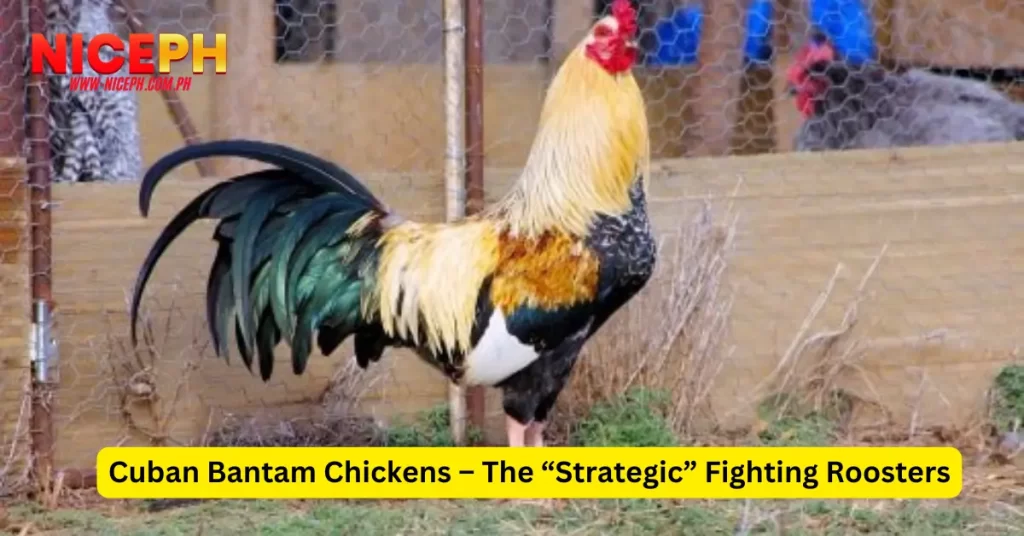Cuban bantam chickens, a branch of the renowned Cuban chicken breed, are famous in the Philippines as formidable gamefowl. Known for their fierce fighting spirit, intelligence, and strategic combat style, these chickens exhibit a unique “head-hunting” fighting technique.
As one of the most admired fighting roosters today, Cuban bantam chickens are highly sought after for their agility and combat prowess. These birds are meticulously bred and trained to participate in various cockfighting events, including knife fights and steel spur matches, across the globe. Their popularity has made them a top choice for enthusiasts who seek competitive gamefowl.
Let’s dive deeper into the characteristics and selection tips for Cuban bantam chickens, brought to you by NicePH.
Introduction to Cuban Bantam Chickens
Before delving into Cuban bantams, it’s essential to understand their roots in the Cuban chicken breed, also known as Cubalaya. Originating from the Philippines, this ancient fighting chicken breed is renowned for its indomitable spirit in battle, rarely retreating from a fight. This quality has earned the admiration of gamefowl enthusiasts worldwide.
Cuban bantam chickens are a sub-branch of the Cuban breed, a result of crossbreeding Cubalaya F1 chickens with bantams. Although smaller in stature, these chickens possess sharp intelligence and outstanding inherited traits. They are especially popular among gamefowl breeders and are frequently used in prestigious tournaments.
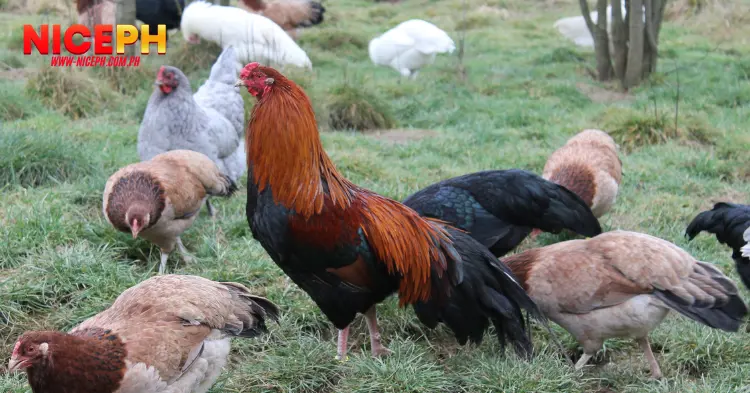
In 1939, the Cuban breed made its debut in the United States at the International Poultry Exhibition. It quickly gained popularity and was crossbred in many countries. Today, Cuban F1 chickens are often raised for meat and eggs. They are also prized for their beautiful plumage, which comes in three main color variants: white, black, and black-red chest. This makes Cuban chickens a popular choice not only for combat but also as ornamental birds.
Characteristics of Cuban Chickens
Like Bantam, Cuban chickens bear a striking resemblance to American gamefowl in terms of appearance. The easiest way to identify a Cuban chicken is by observing its posture and chest. Cuban chickens have a smaller chest and a more upright stance, exuding an aura of boldness and power. Below are some distinct physical traits of purebred Cuban chickens:
- Tapered Back Towards the Tail: This feature enhances their balance, enabling swift and agile movements.
- Sleek Plumage: Particularly evident in roosters, their feathers sometimes exhibit fiery orange-red hues with emerald-green highlights.
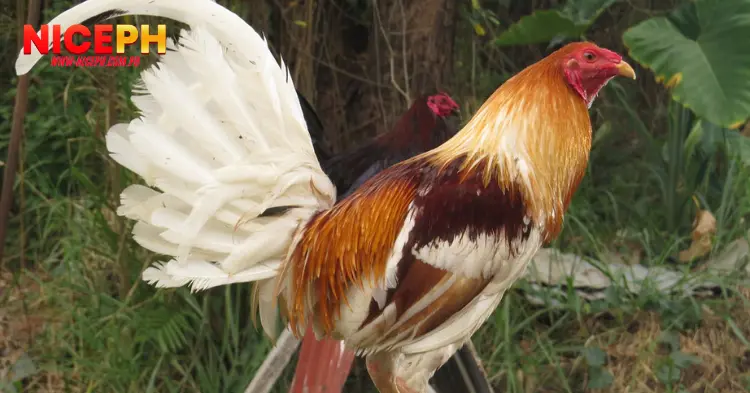
- Distinctive Lobster-Tail Appearance: Their tail curves downward, earning them the nickname “lobster tail”, which facilitates easier maneuverability during fights.
- Compact Build: Cuban chickens are generally smaller compared to other gamefowl breeds. On average, Cuban hens weigh about 1.2–1.6 kg, while roosters range from 1.5–2 kg.
Personality Traits
Cuban bantam chickens are known for their intense fighting spirit. They are exceptionally resilient and brave, never retreating in the face of an opponent. This unyielding nature is a prized characteristic highly valued by breeders and trainers. As a result, Cuban bantam chickens frequently make appearances in high-profile tournaments.
However, their smaller size can be a critical disadvantage. To optimize their performance, they require a specially designed weight management regimen.
=> Read more: How to Build a Sabong Training Run to Boost Gamefowl Stamina
Unique Fighting Style of Cuban Bantam Chickens
Unlike typical fighting chickens that aim at multiple targets on their opponents, Cuban bantams employ a distinct head-hunting strategy. They concentrate their attacks on the opponent’s head, aiming to daze and impair their vision. Additionally, well-trained Cuban bantams combine follow-up moves to deliver devastating blows, quickly neutralizing their adversaries during steel spur matches.
Tactical Combat Style
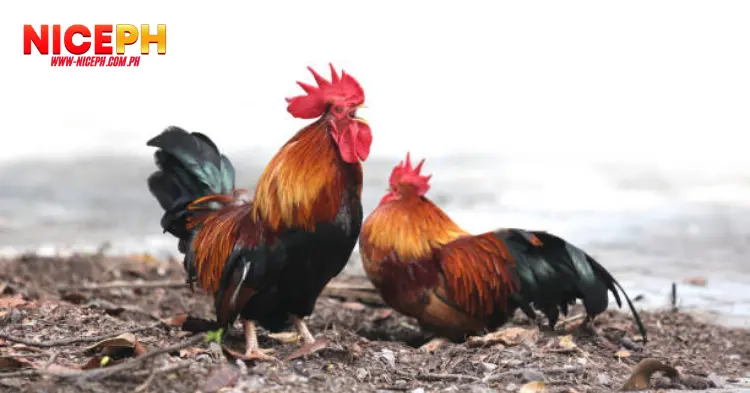
Cuban bantam cocks are renowned for their intelligent and strategic fighting approach, setting them apart from other steel spur gamefowl. Below are some key highlights of their fighting tactics:
- Elusive Footwork:
Cuban bantams often utilize a sidestepping technique, luring opponents into chasing them. Once their adversaries take the bait, these chickens swiftly turn back to launch unexpected attacks, delivering strikes that are nearly impossible to avoid. - Close Combat Maneuvers:
A signature move of Cuban bantams is their ability to stay close to their opponents, minimizing their chance to retaliate. They capitalize on this proximity to execute a relentless series of targeted strikes on the opponent’s head. - Aggressive Head-Hunting Tactics:
Unlike many other gamefowl breeds, Cuban bantams focus almost exclusively on attacking the opponent’s head. They exploit critical vulnerabilities to secure a swift and decisive victory. With proper training, Cuban bantams can dominate in any arena.
Their sharp instincts make Cuban bantams highly effective in steel spur matches. They are often trained to adopt the “bait-and-strike” strategy—first luring the opponent into pursuit, then abruptly counterattacking with a flurry of powerful head strikes, leaving the opponent no time to react.
=> Are you looking for a reputable and top-quality casino for betting? Try our partners: JILIBET.
How to Select a Cuban Bantam Fighting Cocks
As an imported breed, Cuban bantam chickens are relatively rare, with only a handful of breeders in the Philippines producing them. Consequently, many enthusiasts may lack the necessary experience to make informed purchasing decisions.
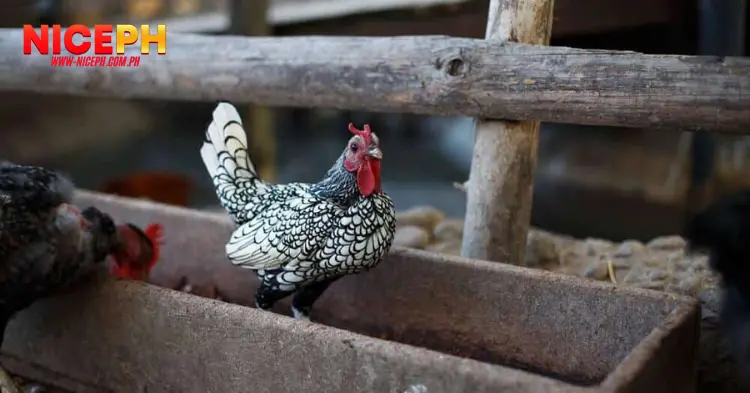
Here are some tips to help you choose high-quality Cuban bantam Cocks:
- Evaluate the Lineage:
When selecting a Cuban bantam for fighting purposes, consider its parental lineage. For optimal fighting traits, choose offspring from Cuban chickens crossed with purebred Jap chickens or super Cuban bantams. - Age Matters:
Opt for chickens that are 1–3 months old. At this age, they are generally healthier and exhibit clear breed identifiers, making it easier to assess their quality. - Choose Reputable Sources:
Purchase from trusted breeders who offer guarantees and ensure the quality of their stock. - Avoid Inbreeding:
Avoid selecting roosters and hens from the same brood to prevent inbreeding, which can negatively impact the traits of future generations.
=> Read more: Effective Methods to Make Healing Balms for Fighting Roosters
Summary
These are the key insights into the Cuban bantam chicken breed and their unique head-hunting combat style. We hope the knowledge shared by NicePH helps you select a strong and satisfying fighting rooster. For more exciting matches, visit NicePH’s website to watch Cuban bantam chickens in action!

